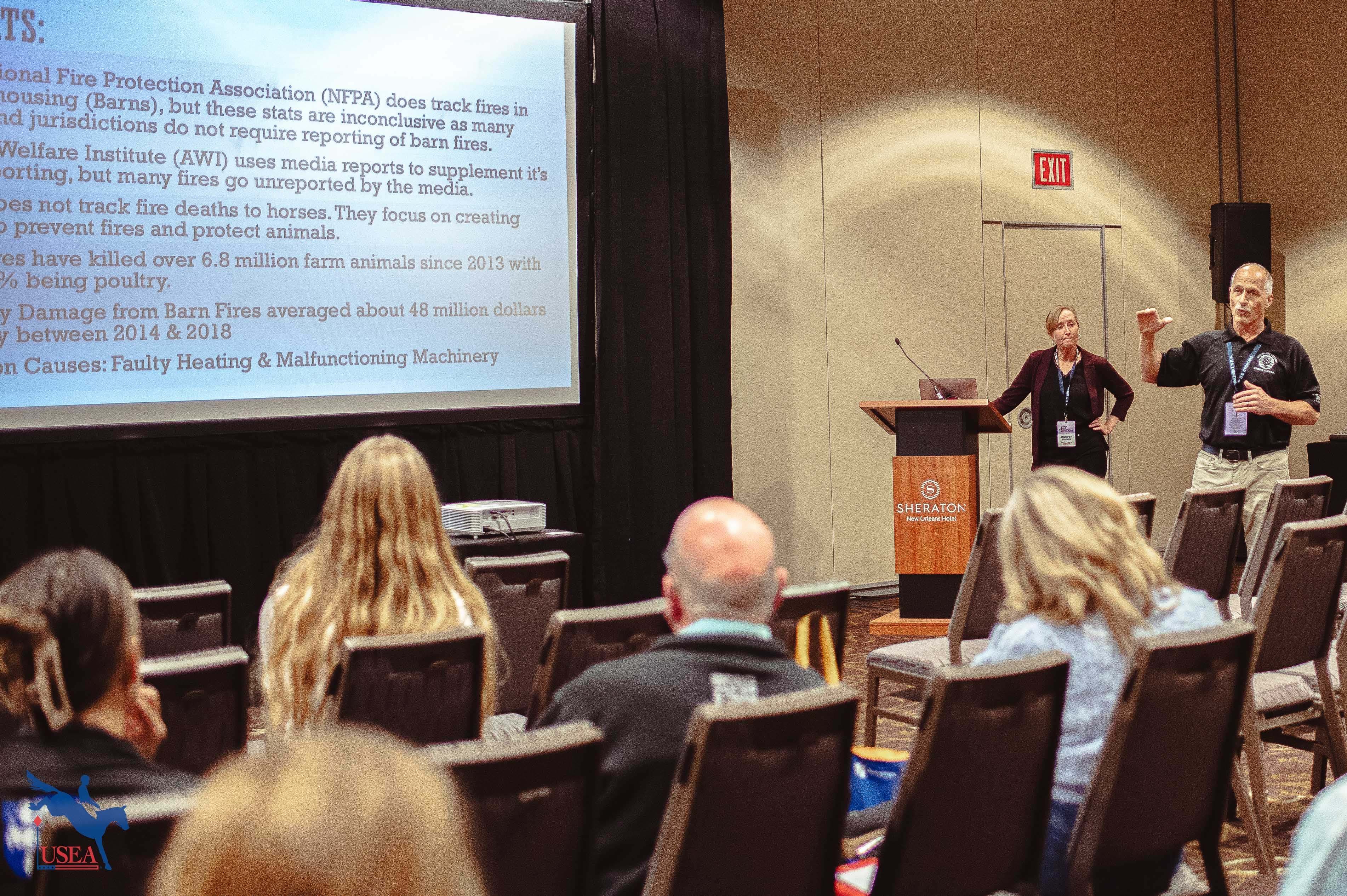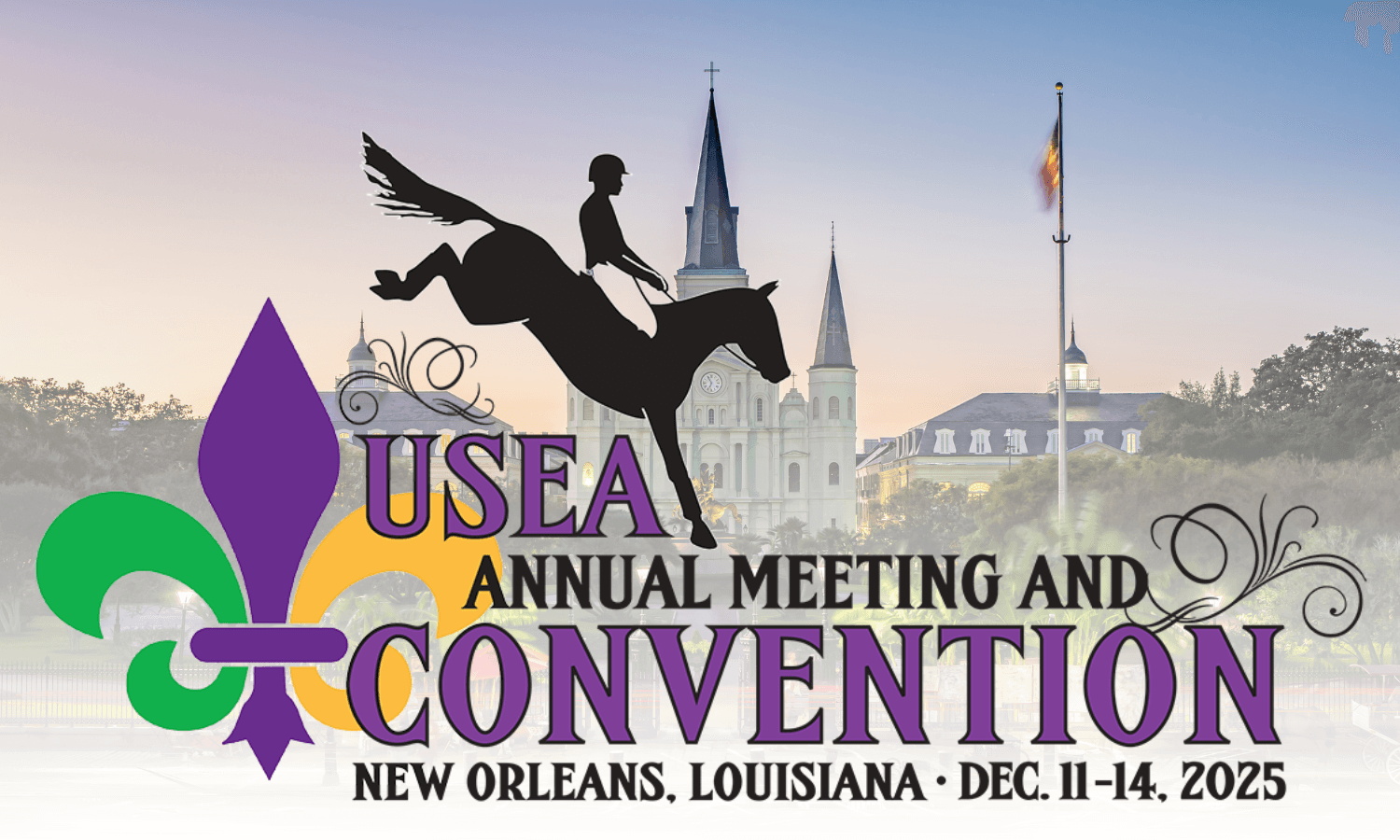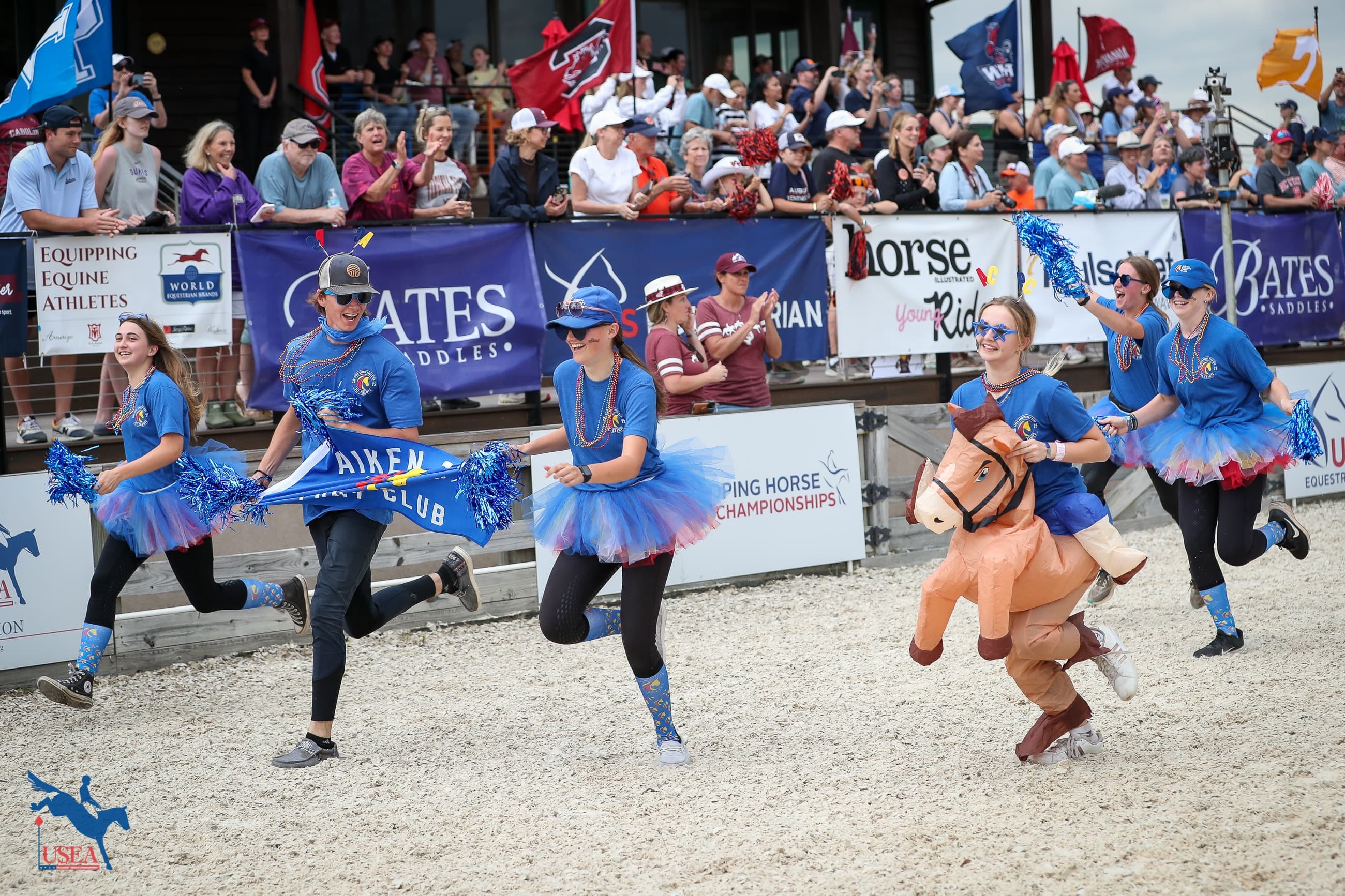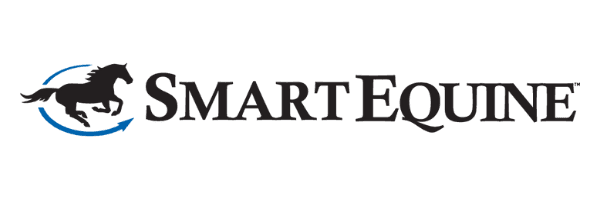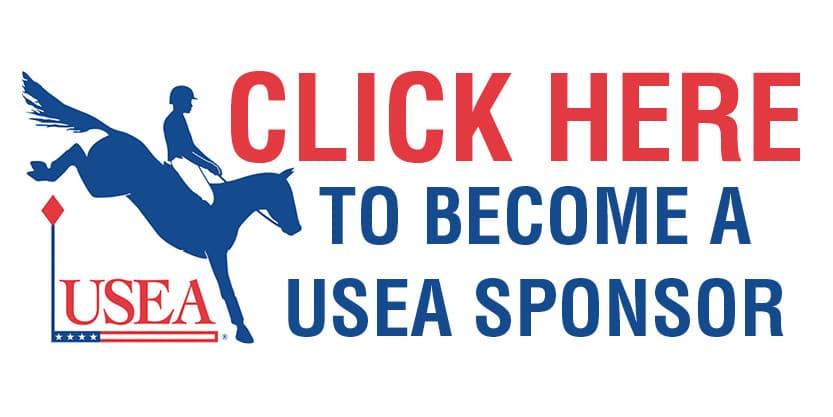Teaching Feel
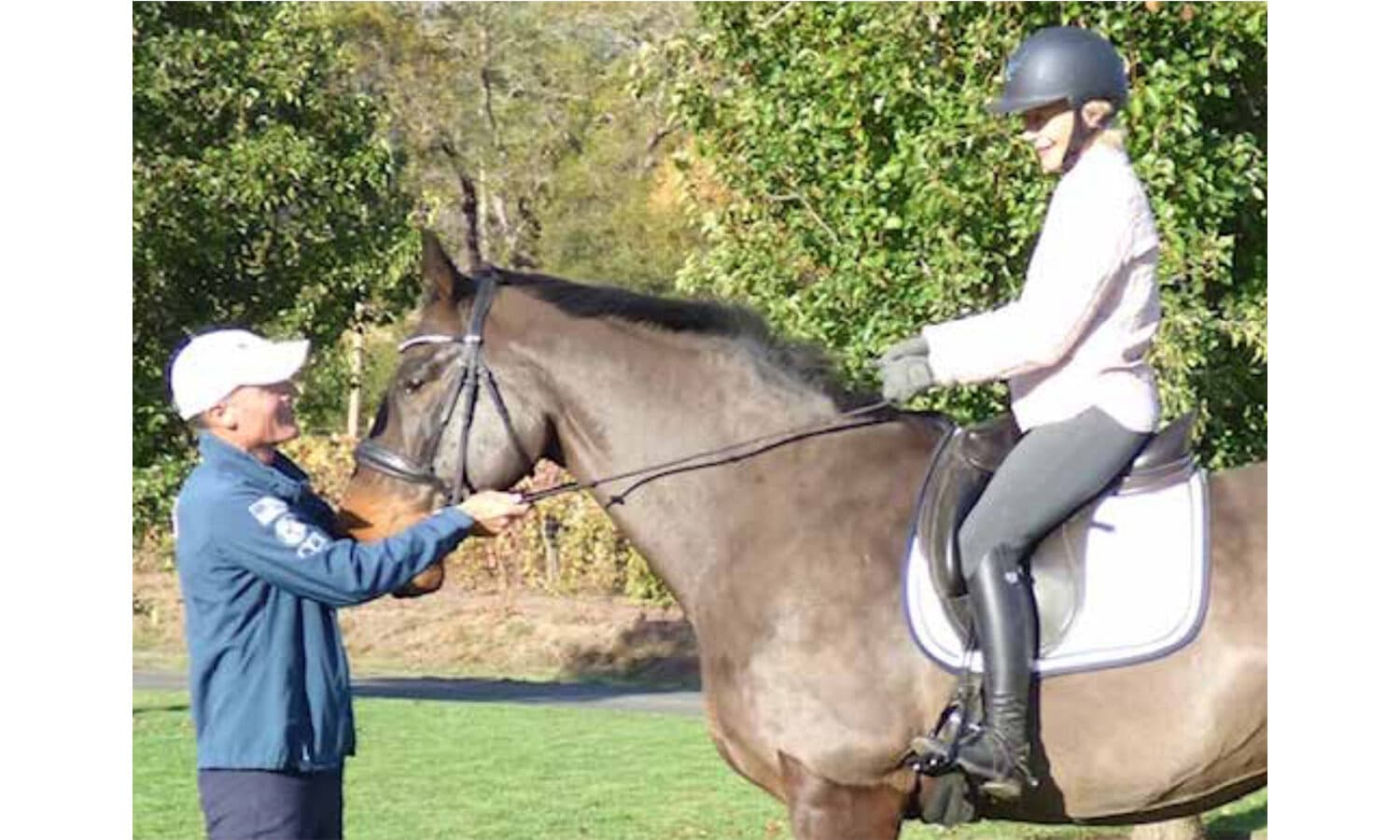
This article originally appeared in the November/December 2018 issue of Eventing USA magazine.
As a rider and coach, I am striving each day to be better at my craft than I was the day before. In that quest, I spend a lot of time reading about and studying people who have achieved success in their chosen fields and the many theories behind achieving success. If I have learned anything from all of my reading, it’s that reaching your goals or achieving success is not an inevitable outcome that you’re gifted with at birth – rather it is the product of developing and channeling whatever God-given talents you may have with determination, education, skill, practice, and luck.
With that in mind, I’ve been on a bit of a mission recently to define “feel” in riding. It’s one of those elusive concepts – we all know it when we see it, but trying to define it, or harder still, teach it, leaves many of us fumbling for words. I’ve been informally surveying fellow riders, coaches, and trainers to get their thoughts on what they think feel actually is and if they believe it’s something that can be taught. Some say you either have “it” or you don’t, and many of us have probably long since concluded that feel is a natural and innate talent that only the lucky few possess. It’s been a fun topic to explore, and I hope that I can convince any non-believers out there that feel is something that can be developed. No matter how much natural talent we may or may not have been born with, we can all become better, more “feeling” riders.
I don’t think any of us will deny that some people may have a better innate ability with horses than others, but I would argue that innate talent is only part of the equation that determines whether or not one is a good or successful rider. In the course of my studies and conversations, I have come to the firm conclusion that feel is something that is necessary to be a successful rider, and that thankfully, it can be learned as well as taught.
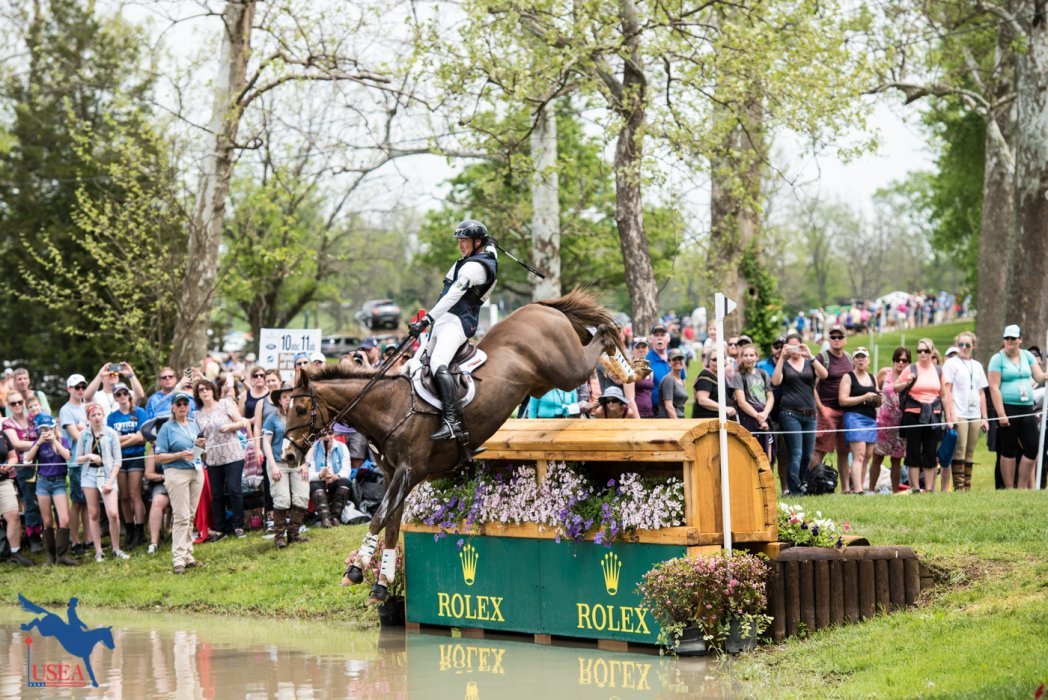
Some words I hear people use when describing feel include soft, effortless, harmonious, quiet, in sync, sympathetic, empathetic, natural, innate, and intuitive. All of those words help to describe the person that rides with feel but don’t really help us understand what feel actually is. So let’s come up with a clear, common definition for feel that we can work with.
Webster’s Dictionary defines feel as:
- Noun: a quality of an object that is perceived by feeling or touching.
- Verb: to have perception by touch or by any nerves or sensation other than those of sight, hearing, taste, and smell.
When the verb feel is used in the sense “to think or believe” it typically implies believing or having an opinion on the basis of emotion or intuition, even in circumstances unsupported by much real evidence.
Because feel is often described as possessing some kind of intuitive or instinctual relationship with the horse, I think it would be useful to define intuition as well:
- Intuition: direct perception of truth, fact, etc., independent of any reasoning process.
From these definitions, we can gather that there are both physical and emotional components to feel.
I recently asked David O’Connor to tell me his definition of feel. He described it as a rider who rides with 1. empathy and 2. soft, elastic elbows. It’s important to note that David’s definition contains both the mental/emotional and physical components we’ve just discussed. I also found it interesting that one of David’s longtime students, Lauren Kieffer, rides with both empathy and elastic elbows, suggesting that even if Lauren was born with natural feel (which I’m sure she was), throughout the years David has also helped Lauren to further develop that natural talent and feel into consistent competitive success.
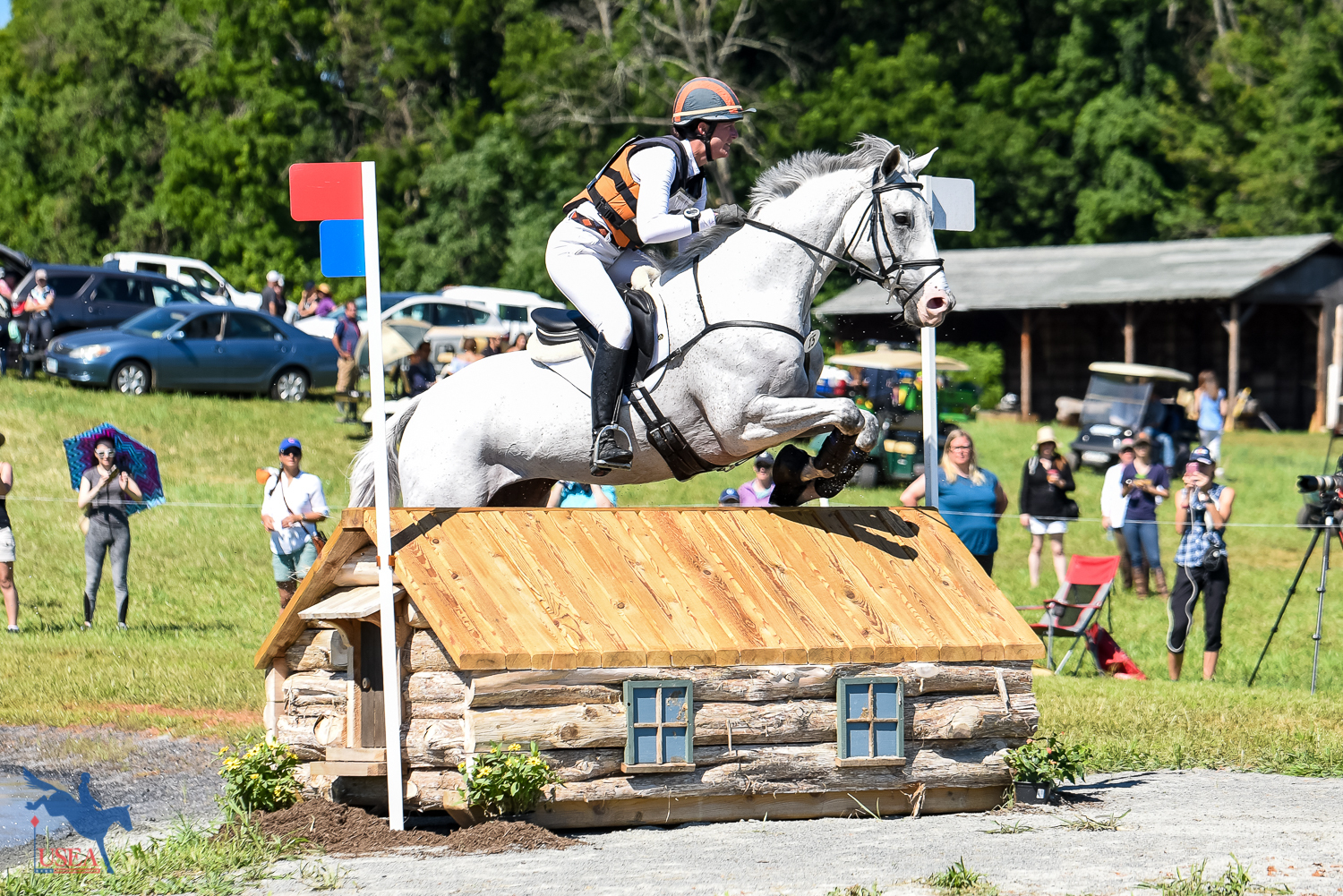
My own definition of feel is similar to David’s, being: the ability to ride with empathy through a balanced and relaxed mind and body.
For the more mathematically inclined, there are a couple of equations that can help us understand the process of achievement in general and with feel specifically. The first can help us understand tools needed to achieve success in any field. In her book, Grit, Angela Duckworth describes not only how talent is an overrated ingredient of success, but, more importantly, how anyone willing to put in deliberate practice over time can gain mastery.
The equation for success that she came up with is as follows:
Talent x Effort = Skill
Skill x Effort = Achievement
In the equation, effort is counted twice, while talent is only counted once. The idea that effort is more important than talent is vital to our discussion about feel, because it argues that while natural talent may make the beginning of the learning process easier, it is ultimately effort that is the key ingredient that turns talent into achievement. Talent alone, while nice to have, is not the determining factor in success or mastery.
The second equation is one that I have been playing with in an effort to distill the various components of feel:
Mental
- Empathy x Mushin (lack of intellectual thought or judgment) = Mental Balance
+
Physical
Elasticity x Balance = Physical Flow
and
Mental Balance x Physical Flow = Feel
Now that we have established a basic definition of feel, let’s explore the components of feel and how to develop them.
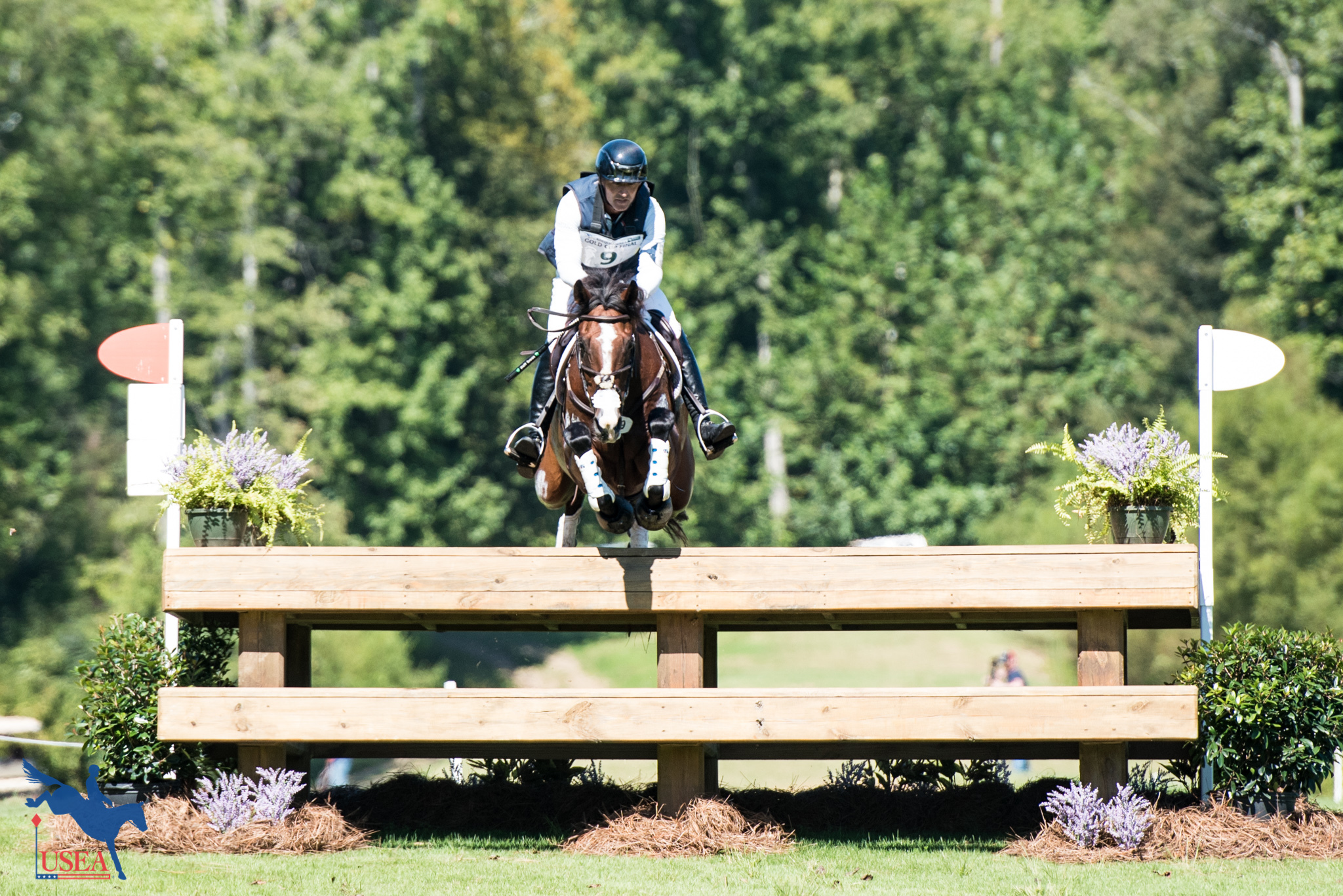
Mental
Empathy x Mushin = Mental Balance
Empathy: I’m not talking about a simple desire to be kind to your horse. Rather, when I speak of empathy in riding, I’m talking about being open and mentally flexible enough to listen to your horse. Where is the horse’s mind? Are they relaxed mentally and physically? Are they balanced? Where are their feet? Is there tension in their body somewhere? In order to bring the horse closer to where you want it to be, you must first listen to them and know where they are starting from.
Mushin: Mushin is a Martial Arts term which translates to “no mind”. It is a mental state where a practitioner clears their mind of everything except what is happening in the moment.
Athletes describe this same concept as “flow.” In order to react/respond in the moment to a partner/horse, there is no time for thought. Thought interferes with your body’s ability to react. This is why it is important when learning something new to repeat the technique enough times that your body can execute it without conscious effort. This is also called “the ten-thousand-hour rule.”
Three important aspects of Mushin are 1. having no thoughts of the potential outcome of a situation, 2. having a lack of judgment, and 3. having a lack of fear.
- Having no thoughts of the outcome. We all have goals and hopefully have clearly laid-out plans for how to achieve those goals. Goals can give us a direction and an endpoint, but in order to progress we need to be aware of the moment and fully present in order to give our best effort. One of my favorite quotes regarding this concept is, “Leaving one eye on your destination leaves only one eye with which to find the way.” Having a plan is important, but ultimately we have very little control over the outcome, so we cannot let our plans or attachment to the outcome get in the way of our ability to react to the situation as it unfolds.
- Lack of judgment (of yourself or your horse). Remember that the path to mastery is never a smoothly paved one. I can guarantee that this path goes through failure. It’s a GOOD thing when you or your horse makes a mistake, as every mistake is an opportunity to grow and learn. None of us enjoy making mistakes, but be careful in thinking that a mistake means anything more than the fact that you’re learning, and in order to learn you have to make mistakes. Ultimately, it’s the fear of making mistakes and the regret about making them that holds us back, not the actual mistakes themselves.
- Lack of fear. Anyone who does not feel safe cannot learn effectively and certainly cannot relax. It’s important to trust your horse and your trainer. If you feel uncomfortable or tense because you’re afraid, speak up. I see a lot of problems arising from riders not wanting to seem like a wimp and so trying something that scares them that they’re not necessarily ready for. Working through fear is an important aspect of eventing, but it must be done on the right horse, with the right coach, at the right time, with the right foundation. A lack of fear is also important for the horse. A scared horse only wants to flee - he is not capable of learning, and even if in the end he does what you are asking of him, he will not have actually learned if there was fear involved, he will have simply submitted. I always ask myself after introducing a horse to something new or working through a challenge, “Does the horse trust me more or less?” We should always be striving for our horses and our students to trust us more after a new or difficult experience, and approaching the experience with that in mind can help to ensure a positive outcome.
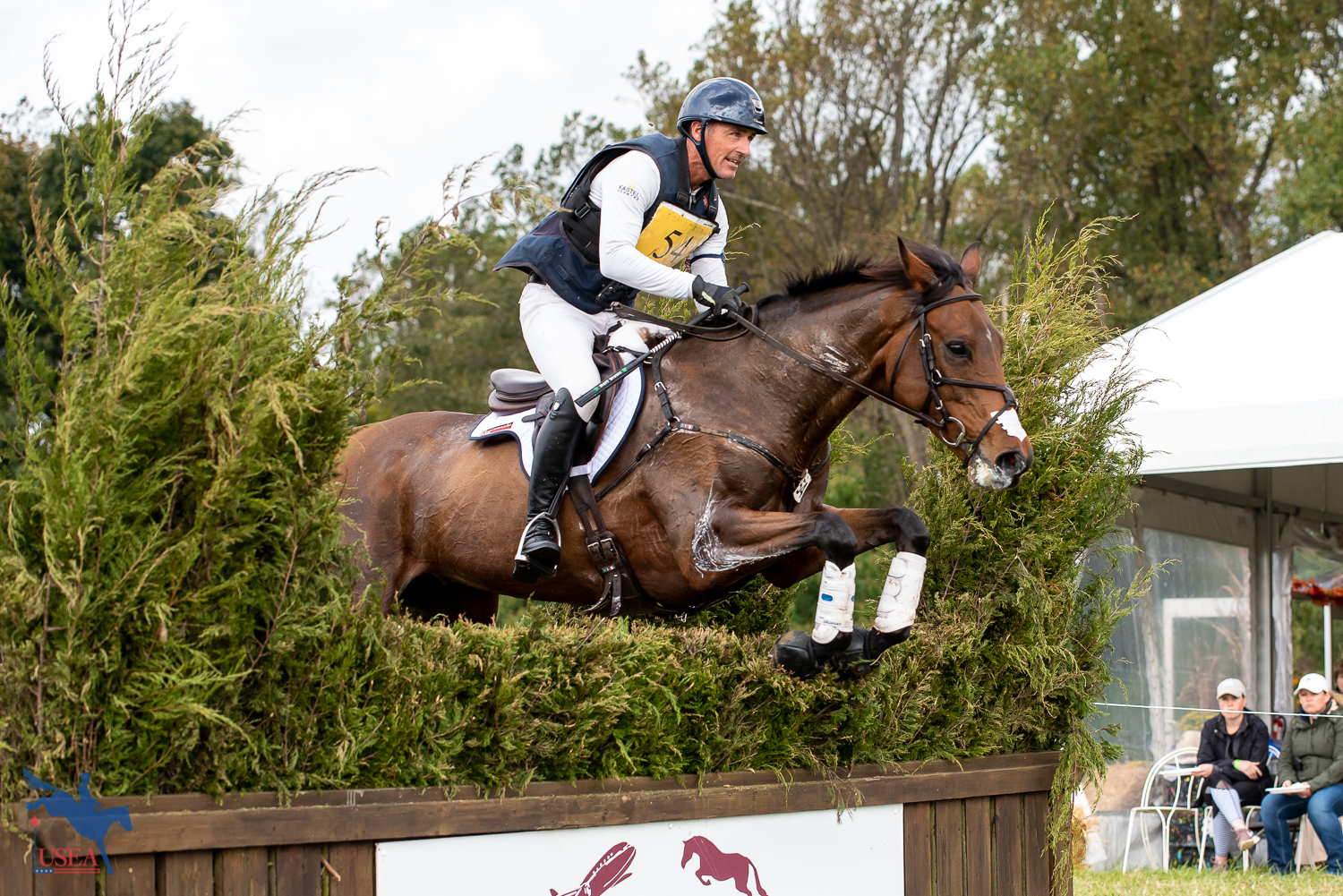
Physical
Elasticity x Balance = Physical Flow
Elasticity and Balance: The primary components of having an elastic body which is in balance are 1. relaxation, 2. correct posture, and 3. using a minimum amount of force/strength.
- Relaxation. I’m not talking about the sitting on the couch kind of relaxation. This kind of relaxation requires some intent and “positive” tension, but lacks tightness, holding, and pinching. Relaxing allows the rider to follow or go with the horse.
- Posture. Correct posture and position are always important in order to be effective. A rider needs to be sitting in the middle of the horse with both legs stretched evenly down both sides of the horse, with an upper body that is tall, shoulders, elbows, arms, and hands relaxed and elastic. The rider needs to able to maintain balance and be able to follow the movement of the horse at each gait. This point cannot be emphasized enough. Many training issues can often be boiled down to position and balance issues in the rider. Take the time to learn how to have a correct and effective position and you will solve many of your problems before they start.
- Using minimum force. Maximum efficiency with minimum effort is a Martial Arts concept which allows a smaller person to overcome a much larger opponent. In Martial Arts like Tai Chi, Judo, and Aikido, the primary practice revolves around redirecting a partners’ energy with little effort. When faced with resistance or force, most of us will instinctively resist back, rather than redirect. When we are pushed, our instinct is to push back. With horses, resistance can have its place, but it can be easily over-used, which usually causes the horse to become even more resistant. As Lao Tzu says, “Nothing is softer or more flexible than water, yet nothing can resist it,” and Bruce Lee reminds us, “Be like the nature of water, my friends.”
To Recap
Mental Balance x Physical Flow = Feel
Now that we’ve defined and explored the individual components of what I believe makes up the concept of riding with feel, I hope that I’ve made a convincing argument that feel is something that, with mental and physical control and awareness, we can all achieve, regardless of the talents we were gifted with at birth. Knowing that we all have the power within ourselves to become better, more feeling riders can help to keep us motivated while going down the uncertain path of mastery. The idea that great riding is an elusive gift reserved for those lucky enough to be born with natural talent is patently false.
Regardless of initial talent, I firmly believe that we hold the key to our own success as riders and trainers (and humans) if we take the time to understand and practice the necessary tools.
Mental and Physical Training Tools
Mental Training Tools
- Keep a riding journal where you track what you did during your ride. Start by writing down what went well and what worked. Then, write down what didn’t work and what you would like to do better in the next ride. This can be easy to keep in notes on your phone.
- At the beginning of your ride, take several minutes to think about what you want to accomplish during that ride. Once you have a plan, take several minutes during your warm up to simply feel your horse with no agenda. Where is the horse’s mind? Is he relaxed mentally and physically? Is he balanced? Where are his feet? Is there tension in his body somewhere? Now decide, based on your feel of where your horse is, how to, or if it’s possible to, execute your plan. Be ready to change your original plan based on what you’re feeling today.
- Create a habit that just before you put the halter on your horse, you let go of whatever issues you’ve been dealing with during the day. Pissed at your boss or coworkers? Anxious about the upcoming show? When you grab your horse’s halter, audibly count to five and then let it go. All those issues will still be there for you to pick up after your ride.
- If your horse makes the same mistake twice in your ride, stop for a moment and rethink your approach. Taking a breath for a moment never made any problem worse. Ask yourself: Could you ask your horse the same question in a different way? Have you set the horse up to understand what you’re asking? Can you break the question down into smaller pieces? Try not to let yourself or your horse get it wrong in the same way three times in a row. As Paulo Coelho says, “A mistake repeated becomes a decision.”
Physical Training Tools
- Create time for deliberate practice where you are being very conscious about one aspect of a technique. For example, for five minutes of your ride your primary focus will be on your hands staying together and at the same height. During that time you won’t worry about anything else, like if your horse is on the bit, if your leg is falling back, etc.
- Sitting on your horse at the walk, sit tall and straight, relax and feel the horse’s footfalls through your seat, and say out loud when the right front is lifting off the ground. Try this with both front and hind feet. No peeking!
- Out of the saddle, practice partner training exercises with another person. Push hands in Tai Chi, other martial arts or even partner dancing can help give you more direct feedback on your balance, how much force you’re using, where you’re bracing, etc., all of which you can translate back to your riding.
- Practice elasticity in your arms by picking up the reins and finding a neutral contact with the horse’s mouth and simply try to follow the motion of the horse’s head and neck without gaps or slack in the contact/reins or restricting or going against the horse.
Did you enjoy this article? Want to receive Eventing USA straight to your mailbox? Members receive Eventing USA as part of their USEA Membership or you can purchase individual issues from the USEA Shop.

